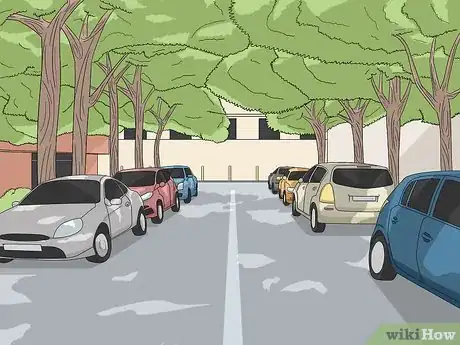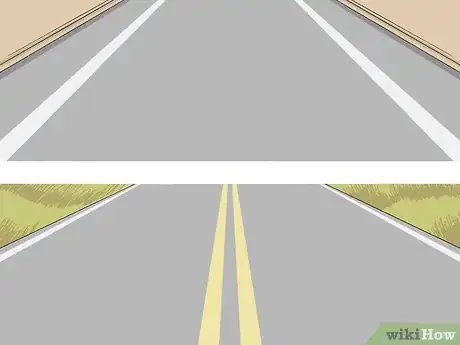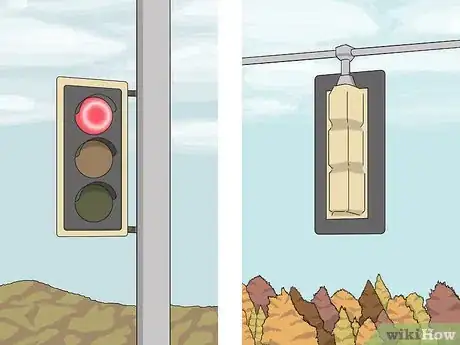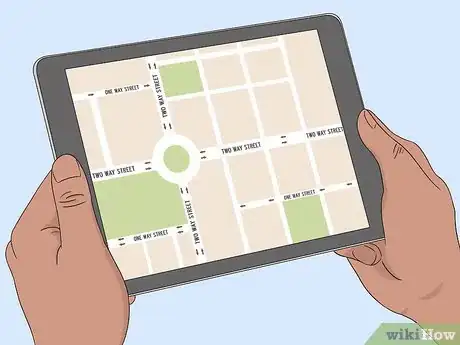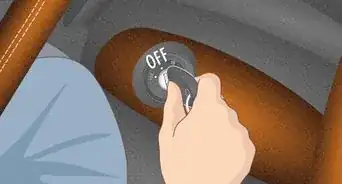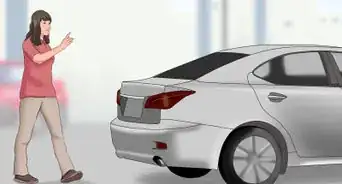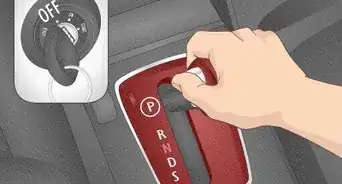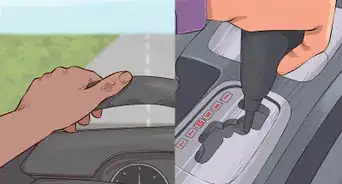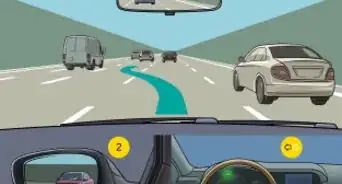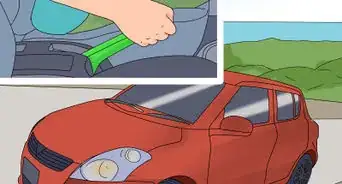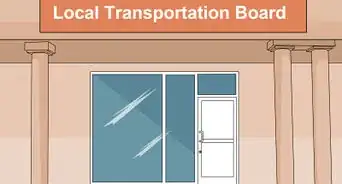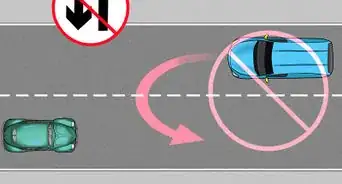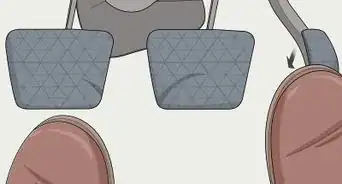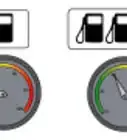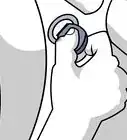X
wikiHow is a “wiki,” similar to Wikipedia, which means that many of our articles are co-written by multiple authors. To create this article, volunteer authors worked to edit and improve it over time.
This article has been viewed 59,621 times.
Learn more...
Whether it's your first time at a new intersection or an intersection in a city you don't know very well, you'll want to be assured that you won't be crossing into a one-way street. If you are flustered and need to determine whether this is a one-way or two-way street, look towards the information presented below.
Steps
-
1Look for warning street signs - including such signs as One Way or Do Not Enter. These two signs can be great indicators of streets that are one-way and are well-marked. One Way streets that have signs are easy to spot, but Do Not Enter signs often mean "the One Way Starts here".
- There may also be signs prohibiting turns, such as "No Right Turn", or an arrow symbol on a traffic signal, when the street is one-way coming toward your location.
-
2Look for parked cars - if any. Parked cars often show directions of travel on a street via a side of the road. Look for traffic flow and parked cars in the direction you wish to go. At least then, you will know that you can progress toward your destination. Secondarily, you can check for opposing traffic flow and/or parked cars.
- Cars parked the same direction on both sides of the street clearly indicate the direction of travel, and that it is a one-way street. Note that not everyone follows the rules about which direction they park on a public street.
- Cars parked in both opposing directions mean the street should be two-way.
- Use another method of verifying if there are no cars on either side of the street.
Advertisement -
3Learn about the meanings of the colors of the street-lines. Street lines should come in two colors - white and yellow.
- If a street only has white lines on either side (with no yellow lines), this generally means the street is a one-way street - but doesn't tell you the direction of travel down this street.
- Yellow lines represent passing traffic, but are often enough to say that the street may be wide enough for forming the possibility of a two-way street.
-
4Glance all the way down the street to see if you see any traffic signal lights. Watch for the backs of traffic lights. Glance at the signal lights in the opposite direction to confirm.
- If you see only the back of the signal lights, the street is one-way - going the other way.
- Look for blinking or steady traffic control device lights - a common indicator that this is a two-way street.
-
5Look for traffic control devices - such as traffic lights or street signs - as you drive.
- The presence of a street sign may differ on 1-way/2-way presence, but one thing is clear: the presence of any signs means you can travel that direction to that sign and complete the action without taking further action to the next location and so on. If you see a traffic light that works, there's a possibility that you are coming to a legal intersection that is allowed.
- Whether it's a One Way, Do Not Enter, or some other warning sign, this is something that will tell you the type of street it is.
- Some cities use "Do Not Enter" signs for traffic calming and limiting access from that intersection, but it might not be a "one way street" unless marked as such. In other words, a car might enter from the other end, legally turn around mid-way (or pull into and out of a driveway) and then legally go the opposite way. If the street is not marked as being One Way, then it is not a One Way street. Since they never passed the Do Not Enter sign, it does not affect them.
-
6Look at a street map - if you aren’t behind the steering wheel of a car. Look for arrows on maps, as arrows designate the presence of one-way streets and the direction of travel on that street. No arrows mean it's a good possibility this street is a two-way street.
- If you're taking directions from a GPS device or a passenger serving as your "navigator", remember that you are the driver and you are responsible for seeing the signs and following the law. Do not compound someone else's mistake by assuming they were correct.
Advertisement
Community Q&A
-
QuestionI am still confused, I crashed my car, how do I contact my insurance?
 Upnorth HereTop AnswererThe insurance card they sent you to carry in the vehicle typically includes the phone number at which to contact a claims adjuster when you have an accident. Otherwise, look on your insurance bill or contact your insurance broker to help you find your insurance company and policy number.
Upnorth HereTop AnswererThe insurance card they sent you to carry in the vehicle typically includes the phone number at which to contact a claims adjuster when you have an accident. Otherwise, look on your insurance bill or contact your insurance broker to help you find your insurance company and policy number.
Advertisement
About This Article
Advertisement

